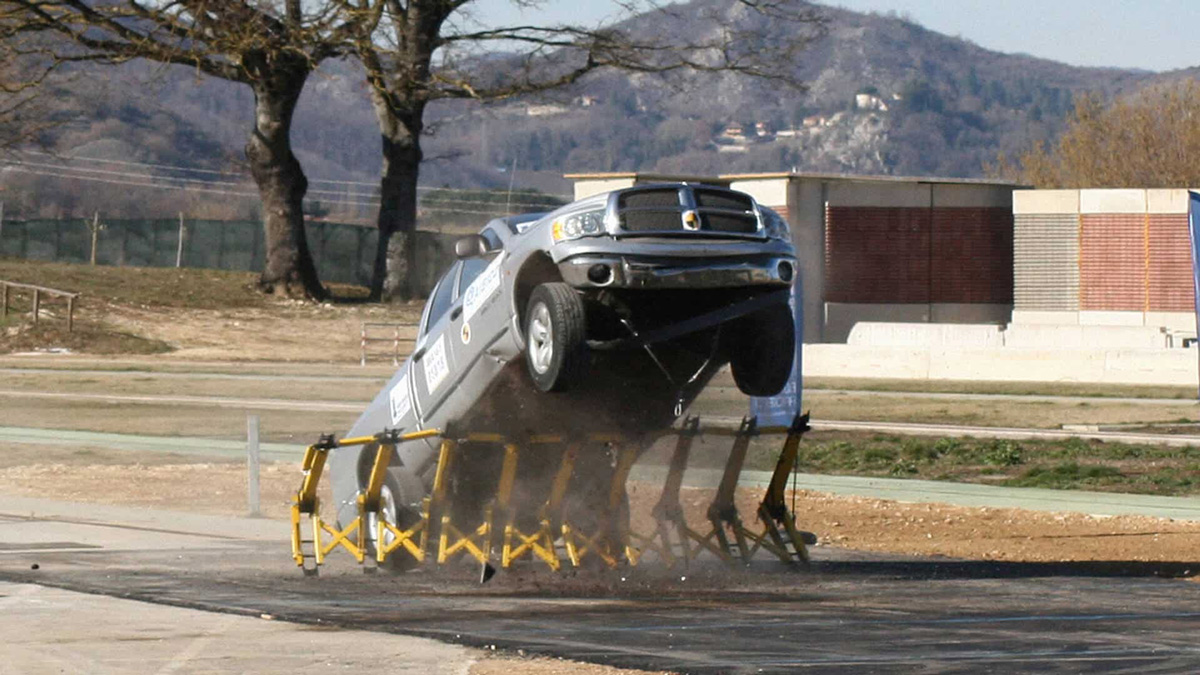Why international crash ratings are crucial for Hostile Vehicle Mitigation
Hostile Vehicle Mitigation has become a critical Physical Security control to protect people, places and assets from the risks associated with Hostile Vehicle Attacks (HVA’s). Within the Australian context, ASIO T4 advocates the use of Vehicle Security Barriers that have been rated in accordance with either the International Workshop Agreement 14-1 (IWA 14-1) or the Publicly Available Specification 68 (PAS 68).
Due to the recent rise of Hostile Vehicle Attacks’s throughout Australia and the world, there has been a greater demand for Vehicle Security Barriers and Hostile Vehicle Controls from a diverse range of clients. Due to this increased demand, there has been a corresponding increase in enquiries from our diverse client base on our PAS 68 & IWA 14-1 rated Hostile Vehicle Mitigation products. With many clients not fully understanding the difference between the PAS 68 & IWA 14-1 and other international Hostile Vehicle Mitigation standards like ASTM F2656. The evident lack of understanding of these standards has resulted in us producing this comprehensive guide on the two standards most relevant to the Australian context.
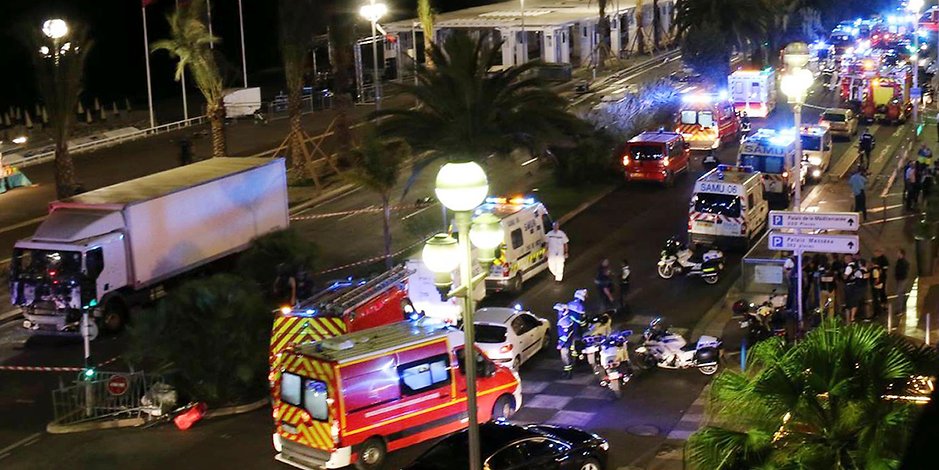
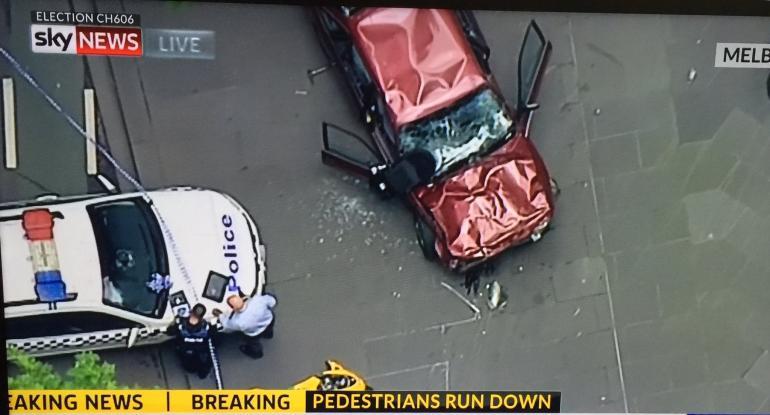
A brief history of the standards most relevant to Australia
The PAS 68 specification has a long history, originating as the first British vehicle impact standard in 2005, it has since undergone several revisions as the Hostile Vehicle Mitigation and Vehicle Bourne Improvised Explosive Device (VBIED) threat evolves. PAS 68 is considered as the underpinning Hostile Vehicle Mitigation standard which almost all others have evolved from, with PAS 68 becoming largely superseded by IWA 14-1 in recent years.
The International Workshop Agreement 14-1:2013 was developed in an attempt to bring together many different Hostile Vehicle Standards into a succinct performance rating. The IWA 14-1 addresses the issues around vehicle types, incident conditions, impact velocities and defines acceptable penetration debris dispersion limits. Since its development, it has become the de facto global standard for VSB and has been endorsed by government agencies around the world, including Australia.
To understand the standard, you must first understand the science.
For those who are new to the concept of Hostile Vehicle Mitigation, we strongly recommend you read the articles on our website. As we continue to develop these articles, it will provide our readers with a clearer understanding of Hostile Vehicle Mitigation and the underlying science behind the concept. However, we will only briefly explore the fundamentals of the topic to enable the reader to understand the core premise of the two standards.
When it comes to understanding Hostile Vehicle Mitigation, there are a few concepts the reader needs to understand, the first being that the mass of a vehicle and speed that it’s travelling will determine the kinetic energy the barrier must absorb and dissipate to effectively stop the vehicle.
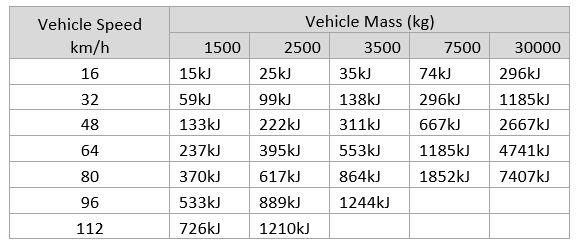
Another important consideration is the angle for which the attacking vehicle impacts the Vehicle Security Barrier, this is due to many barriers being rated to withstand either a 90 or a 45-degree impact angle from the specified vehicle type. The approach angle can impact the deceleration values as different areas of the vehicle frame are impacting the barrier, and this can also require the installation of different footings and the employment of different Hostile Vehicle Mitigation techniques.
Another important consideration is the angle for which the attacking vehicle impacts the Vehicle Security Barrier, this is due to many barriers being rated to withstand either a 90 or a 45-degree impact angle from the specified vehicle type. The approach angle can impact the deceleration values as different areas of the vehicle frame are impacting the barrier, and this can also require the installation of different footings and the employment of different Hostile Vehicle Mitigation techniques.
IWA 14-1 Impact angle, target impact point and initial contact point — Aerial view
a) Impact angle = 90° b) Impact angle = 45°
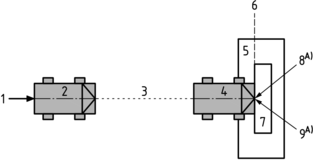
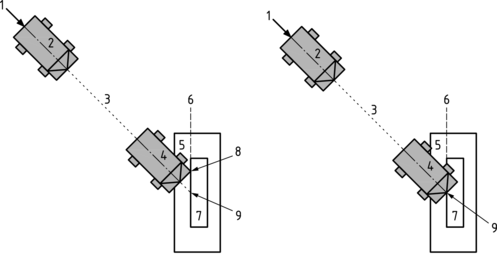
Key
| 1 | centre line of the test vehicle | 6 | VSB datum line (impact face) |
| 2 | test vehicle, pre-impact | 7 | VSB |
| 3 | vehicle approach path | 8 | initial contact point |
| 4 | test vehicle at impact | 9 | target impact point |
| 5 | VSB foundation | A) | For an impact test with a 90° impact angle, the target impact point and initial contact point are the same. |
Most importantly, barriers may not stop a vehicle instantly, and the attacking vehicle may travel a significant distance beyond the barriers installed location before stopping. Thus, still presenting a significant hazard to those people behind the barrier. Further, when a vehicle hits a barrier, it’s likely that debris from the impact will continue beyond past the vehicle, therefore having the potential to injure or harm those in close proximity to the Hostile Vehicle Mitigation. This makes the penetration and debris zones an important factor to consider.
Performance ratings, what are they and why do they matter?
PAS68:2013 V/7500(N2)/48/90:2.4/7.9
Both the PAS 68 & IWA 14-1 ratings are commonly misunderstood due to a lack of understanding of their core performance rating, with this rating determines how effectively a VSB will stop an encroaching vehicle. The PAS 68 specification has six (6) vehicle categories measured at seven different impact speeds from 16-112 km/h with the penetration of the vehicle past the barrier being measured from the rear edge of the barrier structure.
PAS68 Vehicle Categories
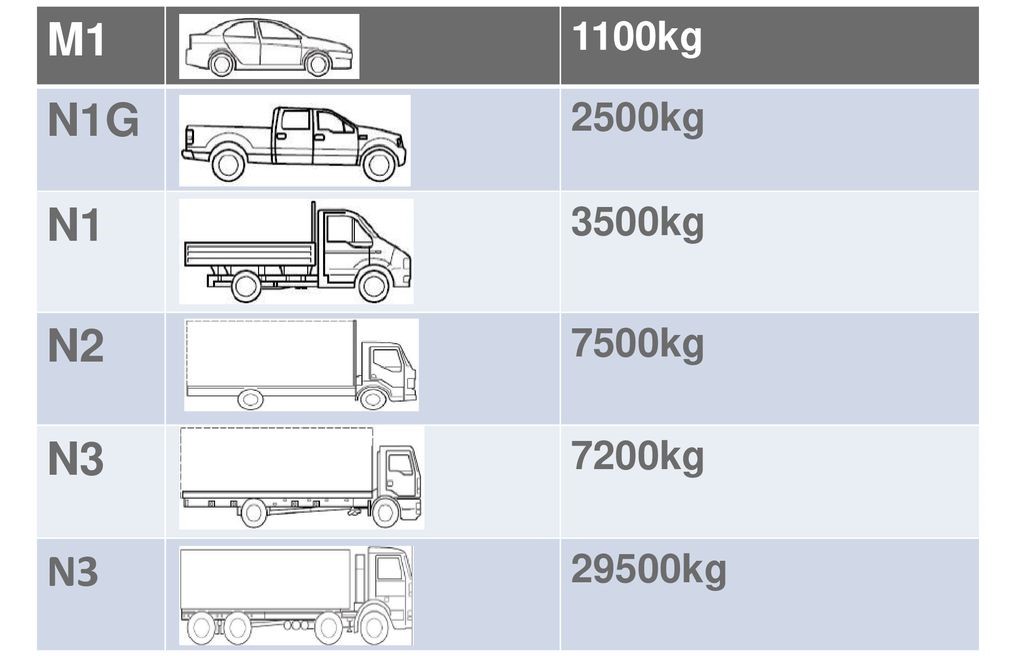
IWA14-1:2013 V/7200[N2A]/48/45:1.2:2.3
Where PAS 68 differs from the IWA 14-1 can be best understood by breaking down its performance rating, IWA 14-1 has nine (9) vehicle categories instead of six (6) while still sharing the different impact speeds from 16-112 km/h. The IWA 14-1 standard also measures penetration from the front edge of the barrier instead of the rear.
IWA14-1 Vehicle Categories
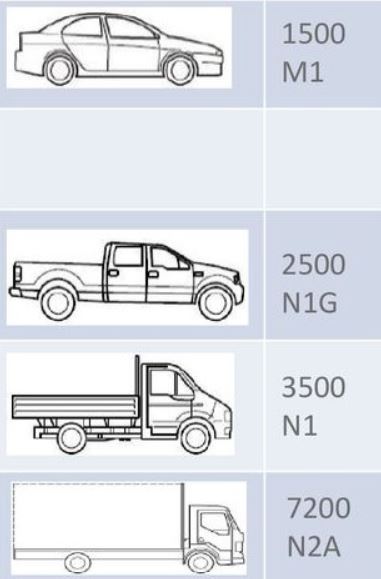
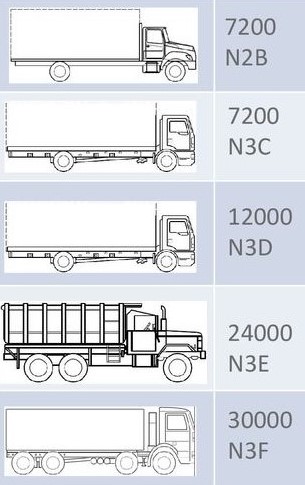
The easiest way to understand the PAS 68 & IWA 14-1 HVM standards is by showing how the performance rating is laid out to gain an understanding of what the numbers, letters and symbols mean.

PAS 170
Publicly Available Specification 170 (PAS 170) was published in 2017, and since then some confusion has arisen around this standard. PAS 170 is primarily aimed at bollards typically used to deter or mitigate mainly low threat attack types. These barriers are rated to a lower impact speed than the PAS 68 & IWA 14-1 VSB, typical between 16km/h and 32km/h. Therefore, these barriers are not recommended when the intent behind the barrier is the mitigation of a Hostile Vehicle Mitigation.
Summary
The PAS 68 & IWA 14-1 Hostile Vehicle Mitigation rating provides a degree of assurance that the employed Hostile Vehicle Control will protect from the defined threat at a level that is proportionate to the performance rating of the barrier. However, it is important to remember that while there Hostile Vehicle Controls on the market within Australia that proclaims to provide similar levels of protection, while not being rated to either of the two standards. Protective security of an asset can only be assured through the deployment of controls that are rated international standards and that meet site-specific conditions.
If you are new to Hostile Vehicle Mitigation, we recommend you read the articles on our website for a more in-depth understanding of core principles of Hostile Vehicle Mitigation and how it can be combined with effective design and layering of security controls to ensure an asset is protected.
For more information about how to apply a hostile vehicle mitigation solution to your next public event get in touch.
